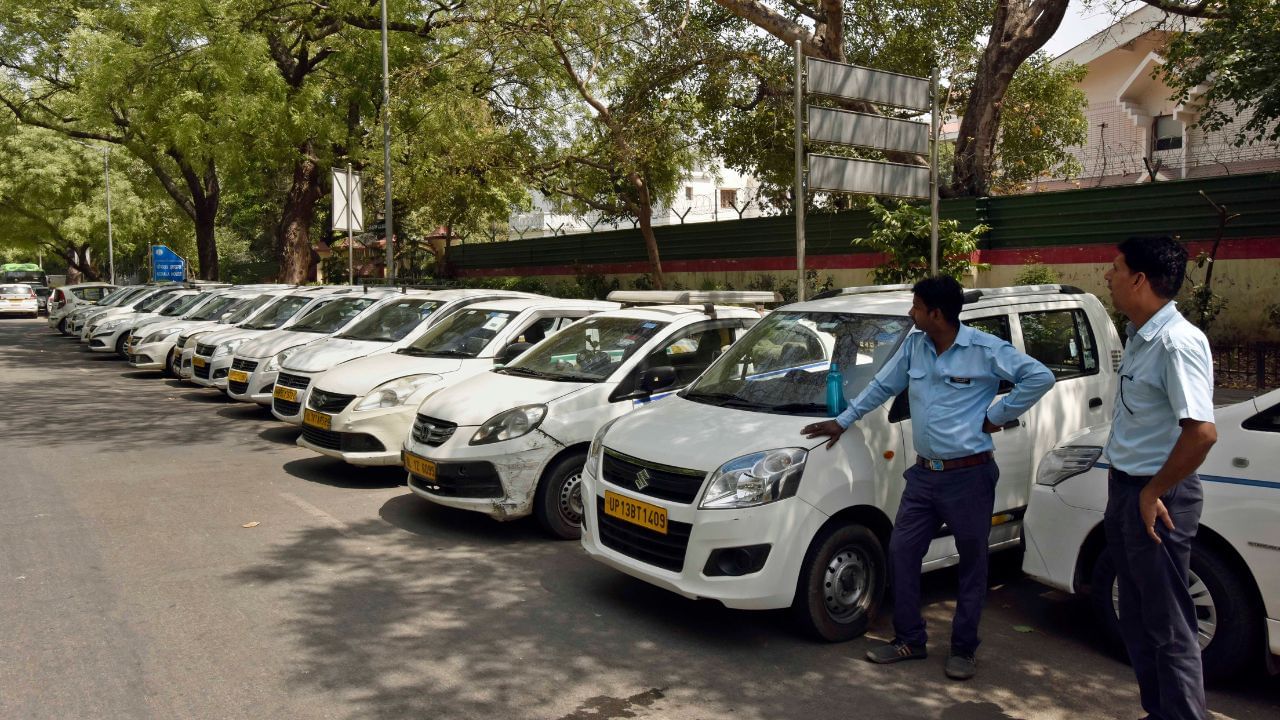
Panaji: App-based taxis are all set to make an entry in Goa. This follows years of control, where app-based cabs were not allowed in the state. This comes after the recently released Transport Aggregator Guidelines, 2025, which allow these cabs to start services in Goa.
Goa government allows app-based aggregators to enter market
The draft guidelines released by the Goa government are being described as the first formal framework for app-based taxis, like Ola, Uber and Rapido to enter the market, which has long been dominated by the powerful local taxi unions.
This is a breakthrough for platforms like Uber and Rapido. Goa is one of the most popular tourist destinations in India, but it has long remained out of bounds for the app-based cab aggregators due to the lack of regulation, fear of backlash from the local taxi unions, which are too powerful and local opposition, which was often akin to hostility. The app-based aggregators were thus unable to milk the high-tourist footfall in Goa, thus affecting revenue.
Tourists in Goa
Goa received some 10 million tourists in 2024, reported cartoq.com. This is much higher than the local population of roughly 1.6 million. Despite such a high tourist footfall, the state continues to rely on a local taxi system which is opaque and where haggling with tourists is common. Prices also vary and the tourists are faced with exorbitant rates.
For years, tourists have complained about non-availability of taxis during non-peak hours or to remote destinations, transparency and high-prices being demanded by the taxi drivers and operators. Travellers have also complained of having been overcharged for short intra-city trips and said that non-availability of drivers is another problem. There is also no centralised booking system of the cabs in Goa, which causes severe problems to the tourists.
There is a government-based cab provider in the state, Goamiles. But this has failed to solve the problem. Instead it also has seen run-ins with local taxi unions, limited availability of cabs and inconsistent service quality.
So these problems provide a huge opportunity for the cab-based aggregators. But what they need to battle are the social and political hustles in Goa.
What does the Transport Aggregator Guidelines provide?
The Transport Aggregator Guidelines are a framework on licensing norms, payment timelines, and operational requirements for digital platforms. They also provide for the direct payment for the rides to the driver, thus effectively blocking middlemen, and blocking commission-based revenue models. Though this goes against the existing aggregator-based app models, it still provides for a level-playing field for the local drivers.
Despite the guidelines being more beneficial for drivers than the apps, Uber welcomed the move. It termed it as a “step towards offering reliable mobility solutions.” This model will be especially beneficial for Rapido, as it operates n a Software-as-a-Service (SaaS) model and does not collect commission.
Resistance
Despite the guidelines being framed by the government, local cab drivers are not happy. They claim that this move will affect their livelihood and bring in outsiders in the state. Taxi unions in both North and South Goa have condemned these guidelines. It is likely that there will be protests if these guidelines are adapted as laws in the state.
However there is hope among both tourists and locals that these new guidelines will bring in order and fairness in the current taxi system in Goa. These guidelines are a win-win deal for the tourists and local people of the state, if implemented.










